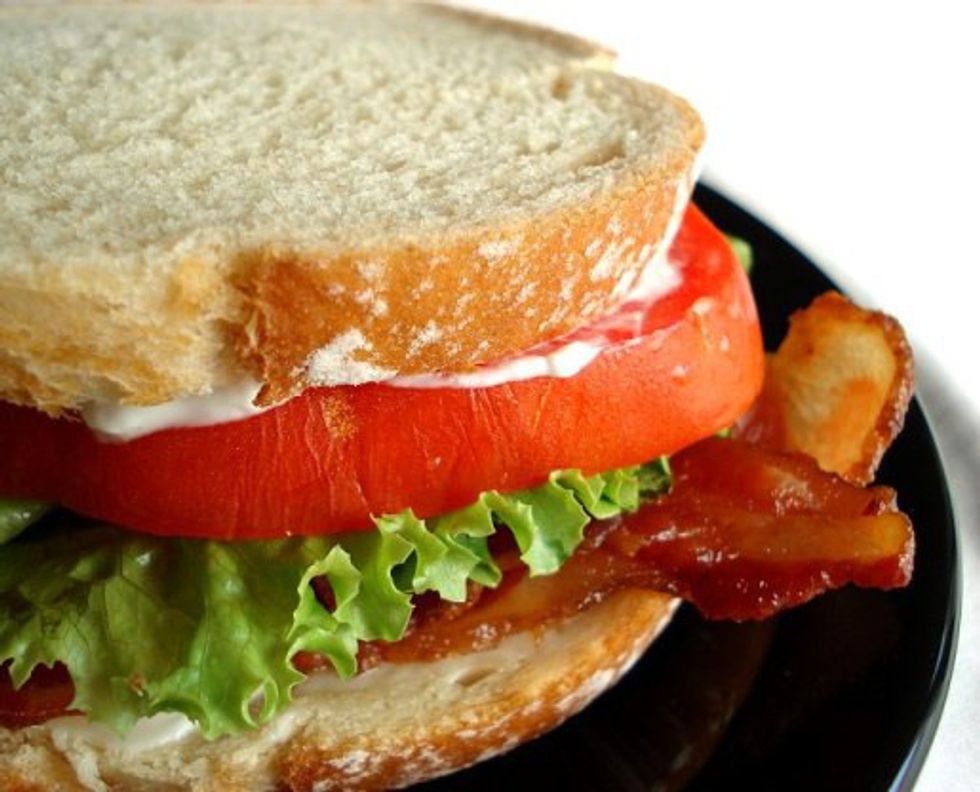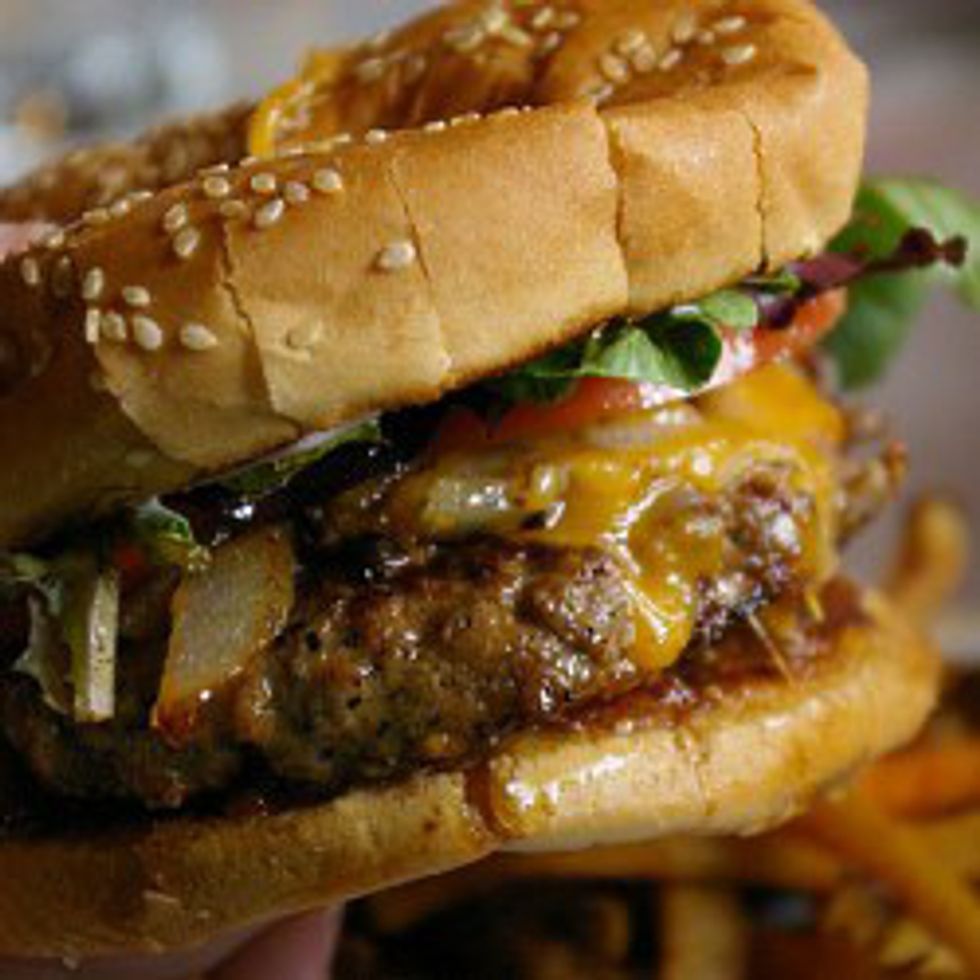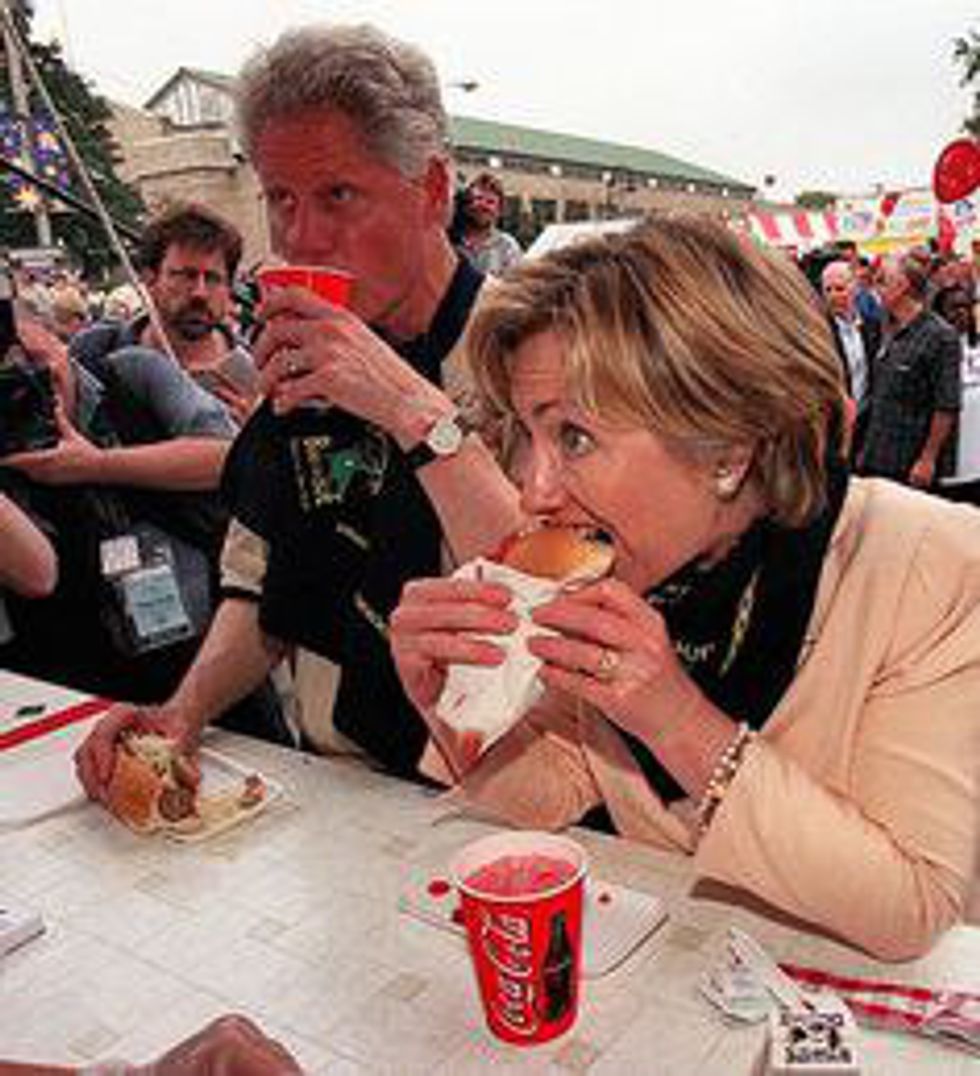Is a hot dog a sandwich?
Think about it… Is a hot dog a sandwich? Well… what is a sandwich?
Most consumers begin with the simple formulation:
I believe a sandwich is a thing contained between two* pieces of bread.
This seems simple enough, but what about deviance in the bread?
What do with do with subs or bagels?
The “Sub Shop” in Columbia, MO claims to have “The Best Buns in Town.” Certainly no authority on buns or breadstuffs, but it is convincing enough, for me at least that they consider themselves a ‘sandwich shop’ while being called a ‘sub shop.’ I guess by the transitive property, I can’t dispute their claim – and subs for the most part tend to include lunchmeat and lettuces and condiments – not so far from brother burger or cousin cheese sandwich.
*Note: subs or cheesesteaks consist of one piece of bread: an exception to the first definition.
What of bagels?
There’s a massive hole! Can we look past this gaping oddity?
I’ve been through London twice, and haven’t run across any of these gems: Salt Beef Sandwiches. This Top 10 list explores the best salt beef sandwiches available. I must admit, I don’t quite know what salt beef is, but I know that a quantity of these “best sandwiches” are available on bagels… see for yourself:
So far we’ve explored the breaded exceptionalities of sandwiches – the form; but what of the contents? Can I make a sandwich of anything? If I had one Susan on the right seat and one Simone on the left seat, sitting to the sides of Sally, is that a Sally sandwich?
“To sandwich” is to do what was just demonstrated: insert or squeeze (someone or something) between two other people or things, typically in a restricted space or so as to be uncomfortable. Google dictionary empathizes with the plight of the filling, I would also assume being locked between two slices of bread is quite uncomfortable.
So it seems quite common that sandwiches tend to be identified by their fillings: BLT, bacon, egg, and cheese, grilled cheese, tuna salad, chicken salad, roast beef, bologna, you name it.
So where does this leave us with a hotdog?
Now there are three discernible camps when simplifying this debate.
A hotdog is not a sandwich – it has its own category – that of sausage shaped meats, like bratwurst.
A hotdog is not a sandwich – it does not need a category – we live in an era obsessed with definitions, and categories and the hotdog can go rogue in the food world.
Or the third, a hotdog is a sandwich – it has nowhere else to go, therefore it falls under the sandwich family – despite its odd shape and questionable insides.
If this is a “hotdog sandwich:”
Than is this simply a “hotdog?”
These might seem like the fanciful musings of a guy with too much time on his hands, but that’s far from the truth. This is quite the moot topic, and it seems in some cases that the decision and classification has been made for us. In New York sandwiches are subject to sales tax, and their working definition of a sandwich is as follows:
“cold and hot sandwiches of every kind that are prepared and ready to be eaten, whether made on bread, on bagels, on rolls, in pitas, in wraps, or otherwise, and regardless of the filling or number of layers. A sandwich can be as simple as a buttered bagel or roll, or as elaborate as a six-foot, toasted submarine sandwich.”
My world is a lie if a buttered roll is to be considered a sandwich. But where does this put our friend Mr. Hot Dog?
Following the same source, bullet point twelve, lists this:
- hot dogs and sausages on buns, rolls, etc.
I don’t know what is more troubling. The buttered roll phenomenon or the fact that we’ve been told how to conceptualize the frankness of our franks.
This question, is a hotdog a sandwich, can be drawn back further as a meta-question about the world we inhabit and what we believe.
Imagine if two people are sitting down, chatting, and eating hotdogs. One person believes that a hotdog is a sandwich; the other staunchly denies the fact. Yet they can both peaceably consume the mysterious meat – with the same condiments, the same bread, and the same mouthful vigor!
What then of people who share other “definitional differences?”
If we believe liberals, foreigners, old people, children, whomever, are grotesque, stupid, pompous, whatever, why should that ephemeral ideology, loosely based definition that probably is at best an assumption delivered to the believer by the world he or she or they have inhabited, prevent two in ideological opposition from communing, from engaging, and from merrymaking?
In a time of much political steam shooting and mudslinging, the best remedy, in my opinion is a red and white-checkered cloth, a woven basket, and some hotdogs. Drop down the incessant ringing and need to justify your own existence and claims to reality, or sandwich-reality, and ask you what truly matters.
We create our own definitions based on the available information and experiences provided us. We think in rigid systems, well, because it is easier.
We need to put everything in boxes to help us conceptualize our reality. If I define someone as a liberal - there are an infinite amount of assumptions that are coupled with it. But in defining sandwiches or political ideologies, we are missing so much of the flesh, the meat of a person - we cannot assume to know what a person feels, or how they think, let alone make a moral judgment of who they are based on a tally-mark decision this November.
You can judge them, you can define them, but you're missing out on the mustard of life - the ultimate spice which is authenticity: a pursuit of self anchored in uniqueness with a shared responsibility to the uniqueness of the other person. Not selfishness, nor conformity; but a happy balance between the two where multiple modalities of thinking and existing can thrive.
Chew on it, take a step back, and start from a common ground. You’re human, I’m human. You’re hungry, I’m hungry too. You are eating this mysterious meat in a breaded vessel, as am I. Let’s dig in, and forget the frivolities and vulgarities.













 Photo by
Photo by  Photo by
Photo by  Photo by
Photo by 



















